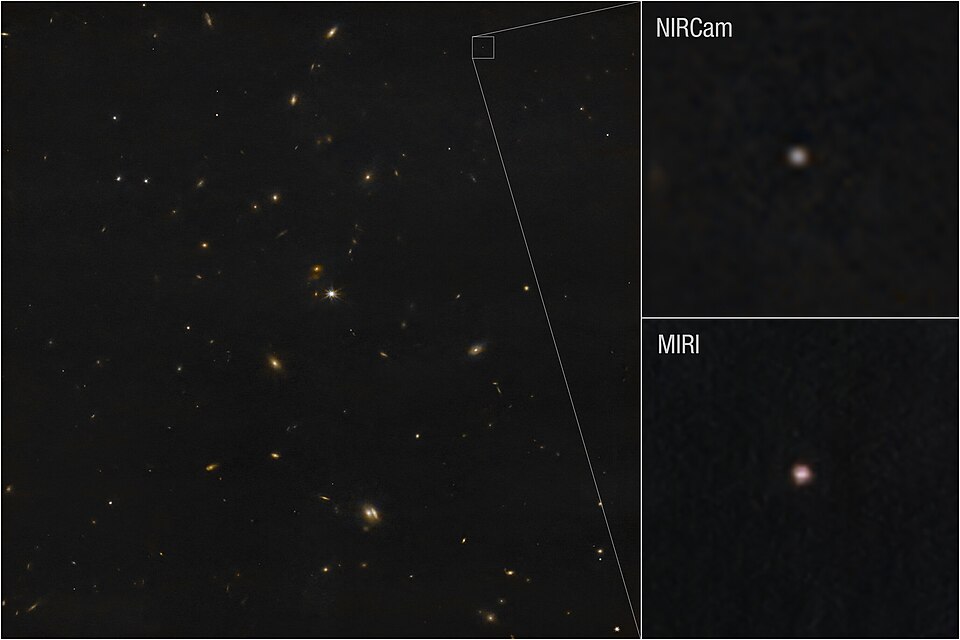NASA Discovers Potential Asteroid Impact on Moon in 2032

A newly identified asteroid, designated 2024 YR4, poses a potential risk of colliding with the Moon in 2032, according to a study conducted by researchers from the University of Western Ontario and Athabasca University. The asteroid, measuring approximately 175 to 220 feet in diameter—comparable to a 15-story building—was observed using NASA's James Webb Space Telescope on March 26, 2025. Although the likelihood of a direct hit is considered slim, the implications of such an event could be significant, potentially creating a half-mile-wide crater, the largest on the lunar surface in 5,000 years.
The study, which is currently in pre-publication, indicates that if 2024 YR4 were to collide with the Moon, it could eject substantial amounts of lunar debris into space. According to Dr. John Anderson, a professor of Astronomy at Athabasca University and co-author of the study, "The impact could have serious repercussions not just for the Moon but for satellite operations in low Earth orbit."
NASA's trajectory models initially classified 2024 YR4 as a potential threat to Earth, placing it at the highest level on the Torino Impact Hazard Scale. However, updated assessments confirmed a very low probability of an Earth impact, shifting focus to a possible lunar collision.
As outlined by Dr. Sarah Johnson, a planetary scientist at the University of Western Ontario, "Even if the probability of an Earth impact is low, the potential consequences of a Moon impact could create a significant debris field that threatens satellites and future lunar missions."
The potential fallout from a lunar collision includes the generation of fine rock particles that could enter near-Earth space, potentially leading to a meteor shower. While experts emphasize that such a meteor shower would likely be more of a visual spectacle than a threat to Earth, the real concern lies in the risk posed to the approximately 10,000 active satellites currently orbiting the Earth. The 2024 YR4 event could create hundreds to thousands of micro-impacts from millimeter-sized debris, raising alarms about orbital congestion and the integrity of critical satellite systems.
"We have to consider the implications for our current satellite infrastructure; even minute impacts can lead to cascading failures in satellite operations," warns Dr. Emily Carter, an expert in satellite technology from the European Space Agency.
Furthermore, the study highlights potential threats to lunar missions, including NASA's upcoming Lunar Gateway project, which is set to support sustained human presence on the Moon. Dr. Jim Roberts, a lead engineer on the Lunar Gateway project, states, "While we are building our systems to withstand some impact risks, an influx of debris from a Moon collision could exceed our safety margins."
This situation echoes concerns raised during the 2021 uncontrolled re-entry of a Chinese Long March 5B rocket, which reignited discussions regarding the importance of improving orbital safety protocols. As humanity continues its exploration of space, the possibility of asteroid impacts necessitates comprehensive risk assessments and mitigation strategies.
In conclusion, while the immediate risk of asteroid 2024 YR4 impacting the Earth is negligible, the potential consequences of a lunar collision in 2032 should not be underestimated. Continued monitoring and research will be essential in preparing for such eventualities, ensuring the safety of both lunar missions and satellite operations in a congested orbital environment.
Advertisement
Tags
Advertisement





